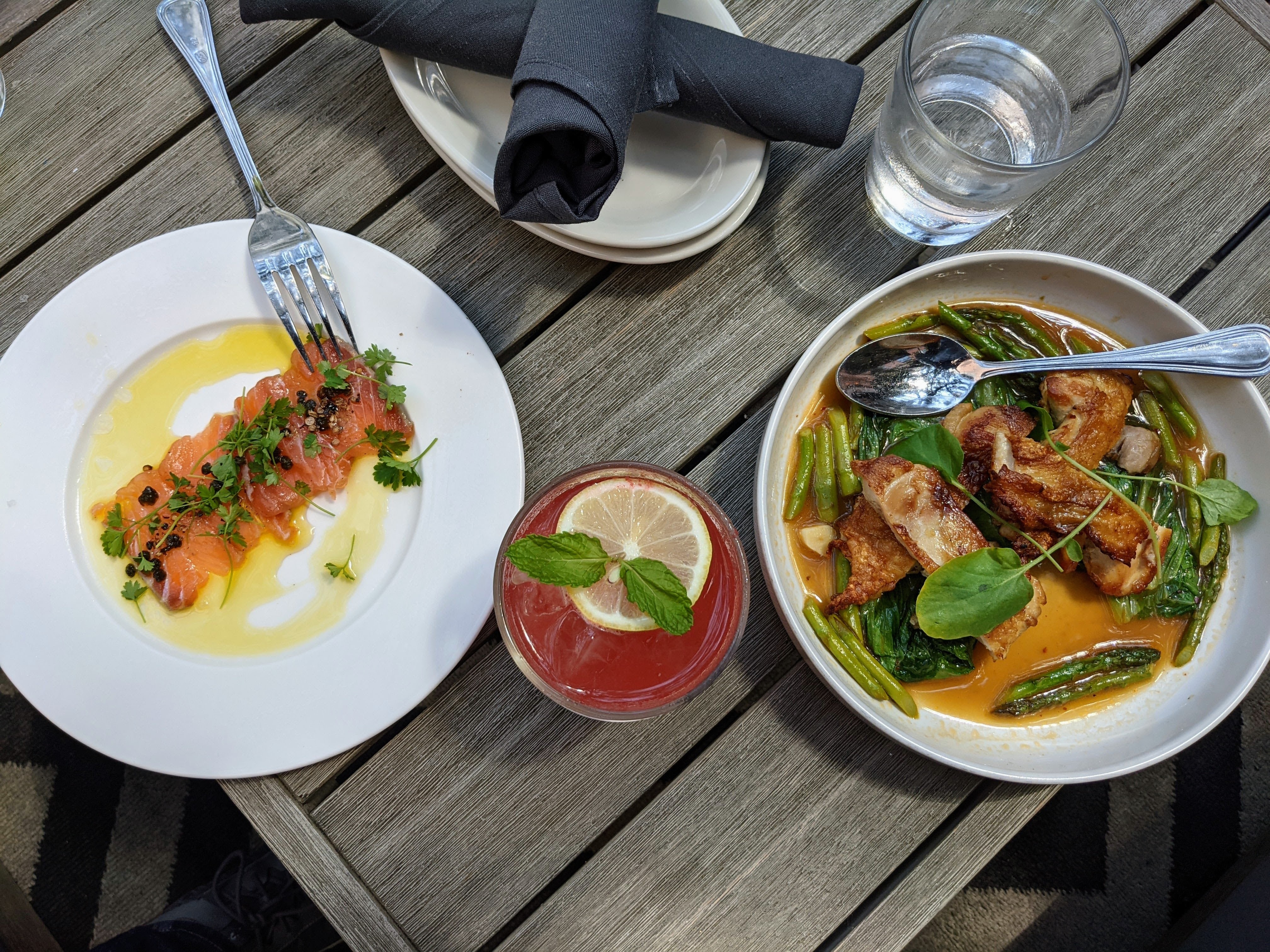Media release
From:
A Griffith-led study has explored the environment stressors of broiler chicken and farmed salmon production globally for these industries and their potential overlap.
Published in Current Biology, this research found that the pressures of chicken and salmon production including spatial disturbance of the land- and sea-scape, greenhouse gas emissions, freshwater use and nutrients, are driven primarily by the feed both require.
The food fed to farmed chicken and salmon accounts for 78% and over 67% of their environmental impacts, respectively, in terms of greenhouse gas emissions, nutrient pollution, and water use.
“Food production, particularly of fed animals, is a leading cause of environmental degradation globally,” said lead author Dr Caitie Kuempel, from the Australian Rivers Institute.
“Understanding where and how much environmental pressure different animal products exert is critical to designing effective food policies that promote sustainability.”
In this study, Dr Kuempel and the team assessed and compared the environmental footprint of farming industrial broiler chickens and farmed salmonid species (which includes salmon, marine trout and Arctic char) to identify opportunities to reduce environmental pressures.
The researchers mapped cumulative environmental pressures including greenhouse gas emissions, nutrient pollution, freshwater use, and land/sea-scape disturbance.
“We found broiler chicken production disturbs nine times more area than salmon production (~924,000 km2 vs ~103,500 km2),” Dr Kuempel said, “but it yields 55 times greater levels of production.”
The footprints of both sectors were extensive, but 95% of cumulative pressures were concentrated into <5% of total area.
Surprisingly, the location of these pressures was similar (85.5% spatial overlap between chicken and salmon pressures), primarily due to shared feed ingredients.
Environmental pressures from feed account for >78% and >69% of cumulative pressures of broiler chicken and farmed salmon production, respectively, and could represent a key leverage point to reduce environmental footprints.
The environmental efficiency (cumulative pressures per tonne of production) also differs geographically, with areas of high efficiency revealing further potential to promote sustainability.
The propagation of environmental pressures across the land and sea underscores the importance of integrating food policies across realms and sectors to advance food system sustainability.
They argue for integrated food policy across realms and sectors to achieve food system sustainability.
The research ‘Environmental footprints of farmed chicken and salmon bridge the land and sea’ has been published in Current Biology.



 Australia; International
Australia; International



